Dynamic calibration method of capacitive pressure measuring device
FAN Jun-xia(樊俊霞), LI Xin-e(李新娥)
(1. Science and Technology on Electronic Test & Measurement Laboratory, North University of China, Taiyuan 030051, China;2. Key Laboratory of Instrumentation Science & Dynamic Measurement(North University of China),Ministry of Education, Taiyuan 030051, China)
Dynamic calibration method of capacitive pressure measuring device
FAN Jun-xia(樊俊霞)1,2, LI Xin-e(李新娥)1,2
(1. Science and Technology on Electronic Test & Measurement Laboratory, North University of China, Taiyuan 030051, China;2. Key Laboratory of Instrumentation Science & Dynamic Measurement(North University of China),Ministry of Education, Taiyuan 030051, China)
This paper presents working principle, structure and a dynamic calibration method of capacitive pressure measuring device. Using this method, placing calibrated capacitive electronic pressure measuring device and three standard sensors in simulation chamber pressure generator is proper and the data generated by them are analyzed and compared. This calibration method realizes dynamic calibration of capacitive electronic pressure measuring device under actual working pressure; pressure signal and frequency spectrum are analyzed. The experimental results show that simulation chamber pressure calibration method is feasible.
chamber pressure generator; dynamic calibration; rising edge; linearity
0 Introduction
Measuring chamber pressure is very important to research and develop the artillery, especially high-pressure artillery. In-born pressure measuring device is specialized instrument in chamber pressure testing. Piezo-electric pressure sensor was widely applied. Whereas, capacitive pressure sensor has more advantages such as higher sensitivity, lower temperature drift and power consumption[1-3].
Dynamic calibration of sensors is foundation of its application and prerequisite to ensure accuracy and precision[4-6]. In order to solve the problems existing in high pressure sensor dynamic calibration, Simulation chamber pressure calibration method is introduced. In this paper, some general calibration methods are described and compared from several different aspects. Then combined with environmental factor theory, Simulation chamber pressure generator is proper to calibrate capacitive pressure sensor. Experimental data is obtained and processed, and the calibration method is validated to testify the feasibility of dynamic calibration method.
1 Principle and structure of electronic pressure measuring device
In order to test internal artillery chamber pressure, pressure measuring device should be placed in the field to obtain real-time pressure data, so real-field high voltage pulse should be acted on pressure measuring device. In this paper, drum distance-changed capacitance transducer is used and its structure is shown in Fig.1.
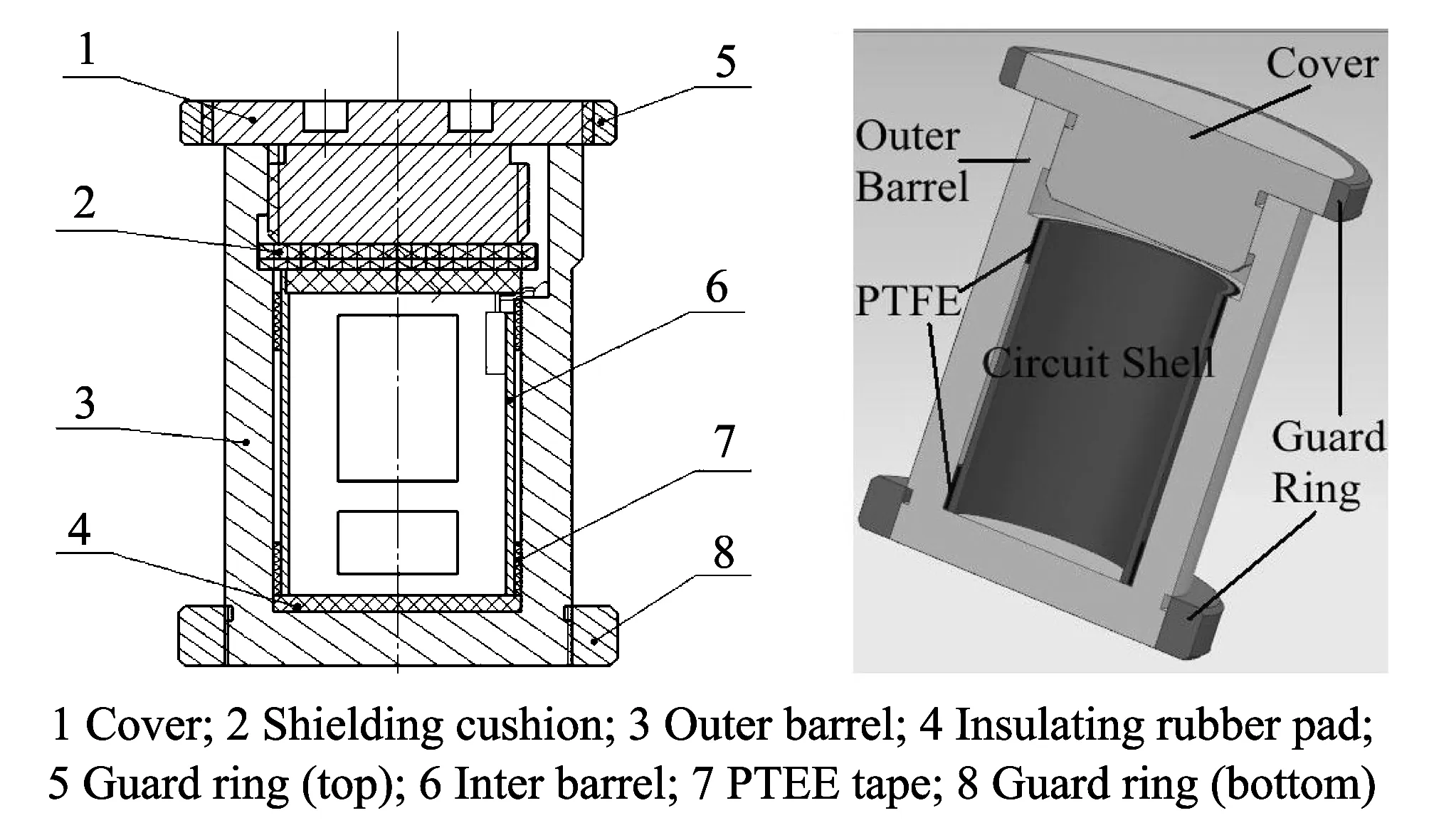
Fig.1 Overall structure of capacitive pressure device
In Fig.1, the pressure measuring device mainly consists of outer barrel, inter barrel and cover. The outer barrel and inter barrel comprise two plates of capacitive sensor. The capacitance C can be described by
where L is length of overlap of inter and outer barrel, b is inter radius of outer barrel and a is outer radius of inter barrel.
When pressure is applied to the outer wall of the sensor, b consequently changes and becomes small but a stays the same, so capacitance C changes with the gap of inter barrel and outer barrel. And the change of pressure valve can be deduced. This is fundamental of capacitive pressure measuring device.
2 Dynamic calibration method
The most widely used dynamic calibration methods includes shock tube method, quasi-function method and drop hammer method[7-9]. By comparing three calibration methods, the merits and demerits are presented in Table 1.

Table 1 Comparison of three dynamic calibration methods
The Table 1 shows three experiment systems and there is difference in performance characteristics, environment condition and testing field environment. Actually, testing bullet in real field is the most accurate and effective metering means for calibration, but this method cannot be applied due to high cost of calibration and long cycle. When high temperature, pressure and shock are performed on electronic pressure measuring device, system performance will be affected by magnetic field, radiation, thermal shock and impact vibration, etc.
Based on the above-mentioned reasons, a new calibration theory, calibration technology of environmental factor, is put forward by ZU Jing, which is that system is calibrated in a similar or identical work environment. Characteristics of testing system are similar in these two conditions and results are available. In-born pressure measuring device calibration system, simulation chamber pressure calibration system, is designed.
The dynamic calibration system mainly consists of standard pressure sensor, pressure measuring device, propellant, simulation chamber pressure generator, igniter, charge amplifier, multi-channel data acquisition system, data-processing system etc. Fig.2 shows structure of the dynamic calibration system. Fig.3 shows photograph of simulation chamber pressure generator.

Fig.2 Structure of dynamic calibration system
In Fig.2, three kinds of standard pressure are put on the base of simulation chamber pressure generator, connecting with charge amplifiers and multi-channel data acquisition system. Dynamic characteristic of capacitive electronic pressure measuring device can be calibrated by this system.
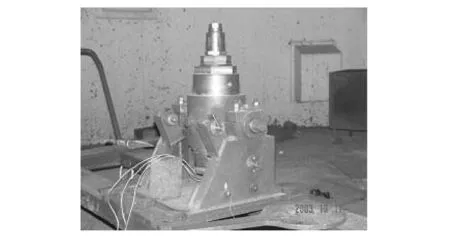
Fig.3 Photograph of simulation chamber pressure generator
When gas quality and volume within simulation chamber pressure generator remain stable, interior pressure is proportional to temperature, thus the similar high temperature and high pressure environment can be realized between simulation chamber pressure generator and the actual artillery ammunition room when firing. The highest peak pressure is obtained by adding different amount of propellant, and different thickness of the diaphragm when calibration.
According to the operating rules of simulation chamber pressure generator, calibrated pressure device is placed into chamber of a simulation chamber pressure generator, and then the quality of the corresponding propellant and ignition medicine, ignition head and corresponding thickness of bearing diaphragm also are placed in it and port is sealed. Pressure-time process curve similar to artillery chamber is produced after igniting propellant, and then pressure-time process signal is detected by Kistler sensor and converted and recorded by high precision transient wave recorder. At last, it is ampl-ified through charge-amplifier. Obtained data is read by computer and compared with data of standard sensor. In addition, some parameters (sensitivity, wave type correlation coefficient, dynamic error, etc.) are calculated according to data of the pressure device. Dynamic characteristics of tester under high temperature and high pressure fire bore internal environment can be accurately reflected by this process.
3 Calibration experiment and data processing
Under normal circumstances, three characteristics are calibrated, which are sensitivity, frequency response and amplitude linearity. Chamber pressure measurement is measuring pressure rising process from 0 to 600 MPa, so the rising edge of the stage of pressure curve needs to be calibrated dynamically.
3.1 Frequency spectrum
Spectrum analysis is used to data measured by simulation chamber pressure generator and field data are analyzed and compared. In Fig.4(a), peak pressure is 219.77 MPa, rising time is 3.87 ms and pulse width is 29.4 ms; In Fig.4(b), peak pressure is 325.34 MPa, rising time is 3.12 ms and pulse width is 53.86 ms; In Fig.4(c), peak pressure is 463.28 MPa, rising time is 2.02 ms and pulse width is 23.42 ms; In Fig.4(d), peak pressure is 574.03 MPa, rising time is 2.82 ms and pulse width is 58.52 ms.
Fig.4 shows pressure signal and frequency spectrum of pressure waveform generated by simulation chamber qressure generator under different pressure amplitude, rising time and pulse width. Effective frequency both are within 5 kHz and pressure pulse signal rising time is 2-7 ms, so simulation chamber pressure generator can be used to simulate artillery chamber pressure.


Fig.4 Pressure signal and frequency spectrum
3.2 Linearity
Fig.5 shows real curve and fitting curve of peak of a pressure apparatus. x is real pressure measured by standard sensor, y is bit peak value captured by capacitive pressure measuring device MCU. Linear dependence between standard sensor and capacitive pressure measuring device is 0.9953 while linear dependence of cubic curve-fitting is 1, so error of cubic curve-fitting is smaller.
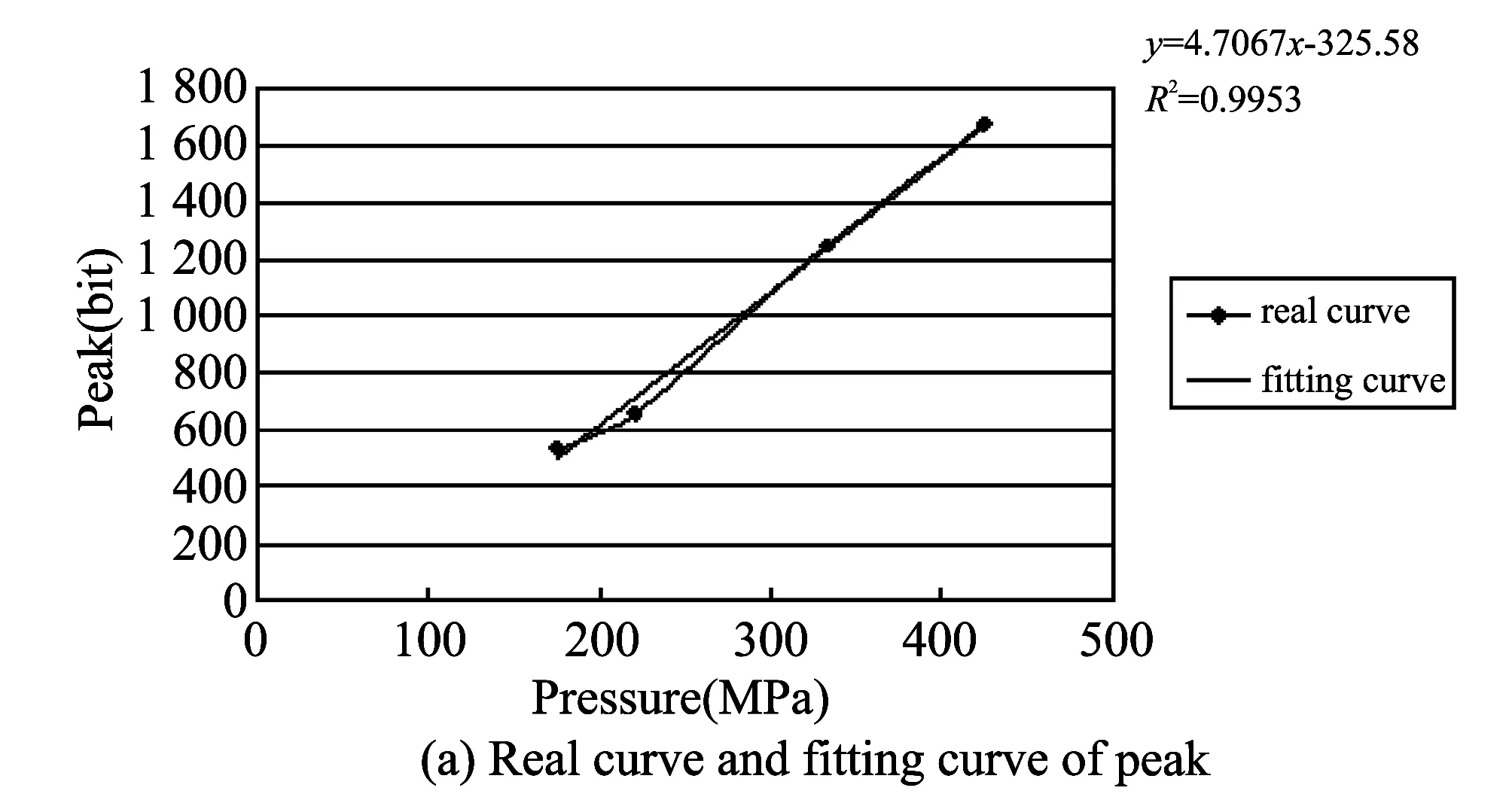
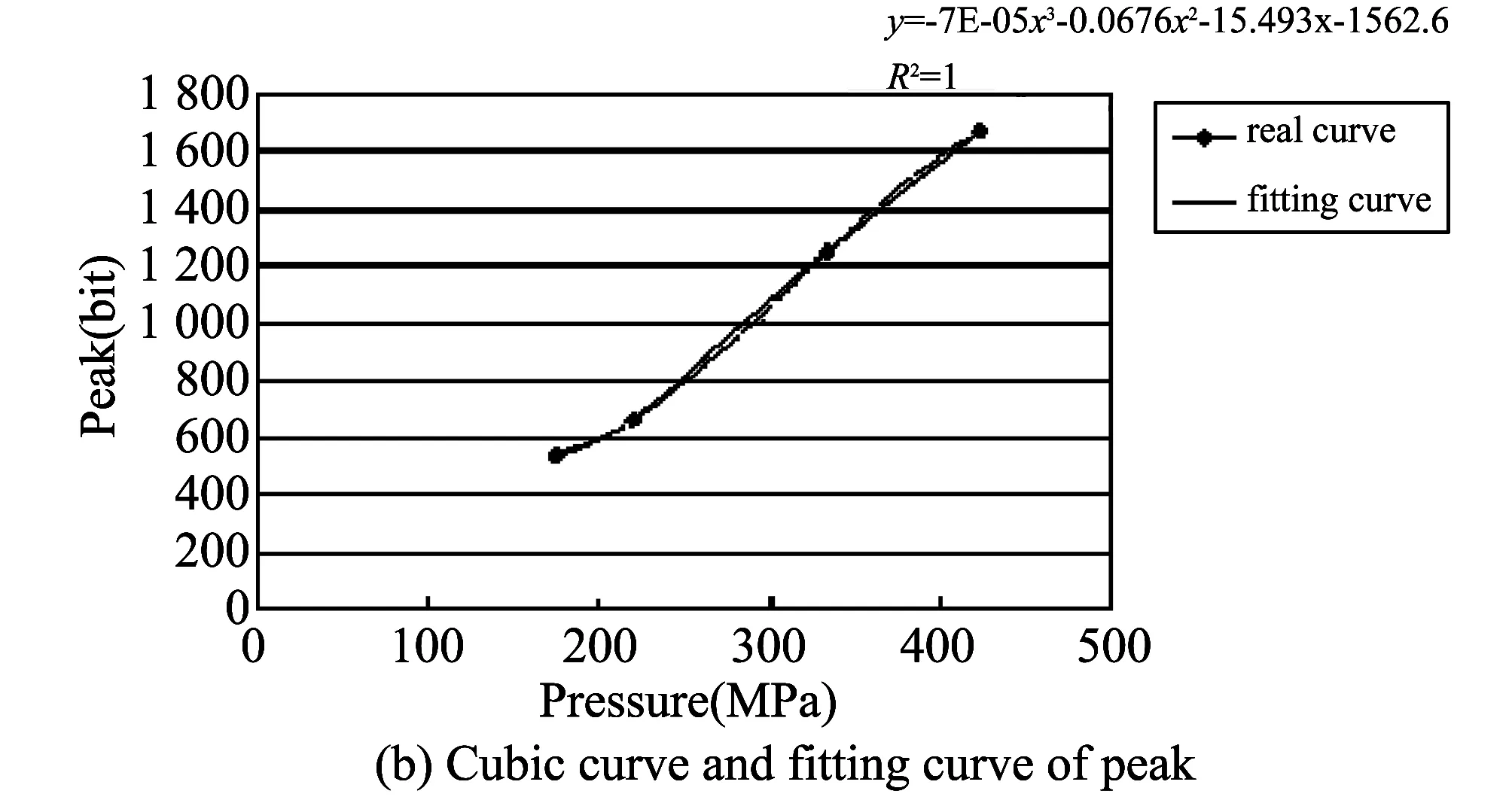
Fig.5 Real curve and fitting curve of peak
3.3 Rising edge
According to the simulation chamber pressure calibration system, the obtained pressure-time curves of calibrated pressure measuring device and standard sensor are shown in Fig.6. In Fig.6, y is curve diagram of calibrated pressure measuring device; y1, y2and y3are curve diagrams of three standard sensors, separately. It can be seen that in this section from signal rising edge to peak, curves of pressure device almost repeat and match with standard system, which meet the requirements of calibration.

Fig.6 Pressure-time curve diagram of calibrated pressure measuring device and standard sensor
4 Conclusion
Calibration of electronic pressure measuring device is a quite complicated problem. The test results show that simulation chamber pressure calibration method is feasible and self-developed calibration system can perform calibration tests[10]. But there are still some problems need to be solved. Calibration precision is also affected by many factors, such as the installation of standard sensor, loading density of propellant, heterogeneous combustion and random noise, etc. Further research on calibration technique will be made to solve the existing problems and improve the calibration system.
[1] COSTIND. GJB 2973—1997, Interior ballistic test method of gun. Beijing: COSTIND GJB Publishing Department, 1997.
[2] ZHANG Yan-ling, LIU Guang-liao. A computer test system of gun peak chamber pressure. Journal of Ballistics, 1998, 10(2): 78-81.
[3] ZHANG Ji-long, LU Hong-nian, BEN Shu-mei. The dynamic response error in chamber pressure measurement. Journal of Taiyuan Institute of Machinery, 1993, 14(1): 22-26.
[4] GUO Wei, YU Tong-chang, LI Zheng-lai, et al. Dynamic calibration of sensitivity of shock wave pressure sensor. Chinese Journal of Explosives & Propellants, 2006, 29(3): 62-64.
[5] DONG Bing-u, DU Hong-mian, ZU Jing. The blast wave overpressure measuring system based on wireless-control. Chinese Journal of Sensor and Actuators, 2010, 23(2): 279-281.
[6] SHI Xiao-jing, CHEN De-yong, WANG Jun-bo, et al. Research of a novel micromachined resonant pressure sensor. Chinese Journal of Sensor and Actuators, 2009, 22(6): 790-793.
[7] PAN De-heng, LU Hong-nian. An Automatic dynmnic response calibration system for high-pressure transducers. Proc.of IEEE Instrumentation and Measurement Technology Conference, San Diego, 1988: 43 -46.
[8] Gorbunov S F, Tsypin B V. Linearization of calibration characteristics of capacitance pressure sensors. Measurement Techniques, 2010, 53(10): 1113-1117.
[9] Kuznetsov E K. Automatic complex for determining static and dynamic characteristics of pressure transducers over a wide temperature range. Measurement Techniques, 1993, 36 (6): 682-686.
[10] ZHANG Ju, ZU Jing, ZHANG Hong-yan. Namic calibration method of high-pressure transducer based on quasi-function excitation source. Measurement, 2012, 45: 1981-1988.
date: 2012-08-23
Science and Technology on Electronic Test & Measurement Laboratory Fund (No.9140C120704070C12)
Fan Jun-xia (fjx.lxy@163.com)
CLD number: TP212 Document code: A
1674-8042(2013)01-0001-05
10.3969/j.issn.1674-8042.2013.01.001
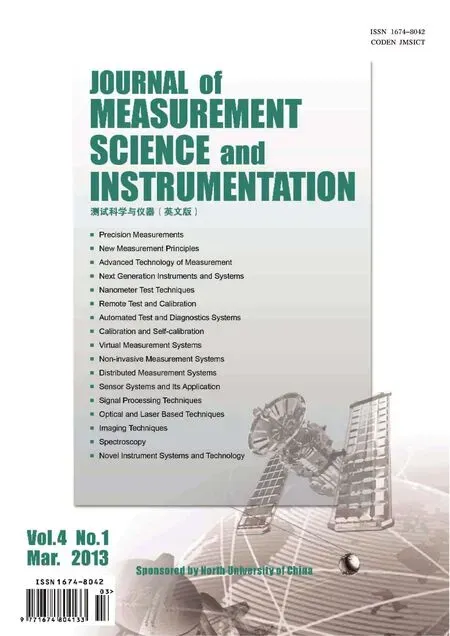 Journal of Measurement Science and Instrumentation2013年1期
Journal of Measurement Science and Instrumentation2013年1期
- Journal of Measurement Science and Instrumentation的其它文章
- Radiation characteristics of ring patch antennas with capacitive feed patch
- Acetonitrile (CH3CN) and methyl isocyanide(CH3NC) adsorption on Pt(111) surface: a DFT study
- Image enhancement and post-processing for low resolution compressed video
- Automatic measurement of air-pressure sensor based on two-pressure control instrument
- An experiment to estimate the revolution of DC motor
- An analytical model for predicting battery lifetime
